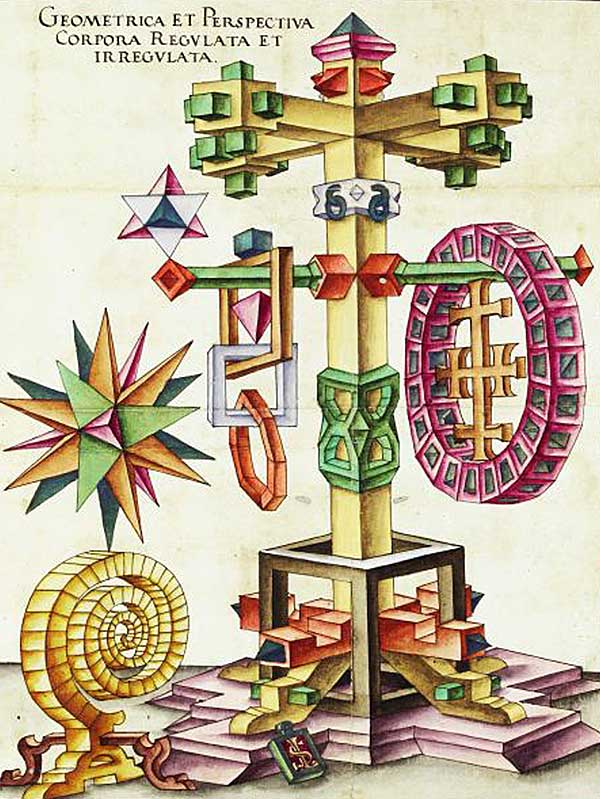
It used to be trolls lived in chat rooms and blog comment threads. Invisible, cowardly idiots who picked fights with everyone just to get attention and moved on before being banned and ostracized. A troll was a special kind of angry nut.
Now a troll is a blogger, a critic, or someone who said something harsh about someone's work once.
It's the end of an era. (But the redefinition of "critic" as "a troll who inspires" maybe isn't so bad.)



